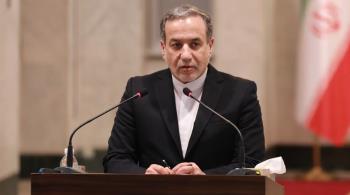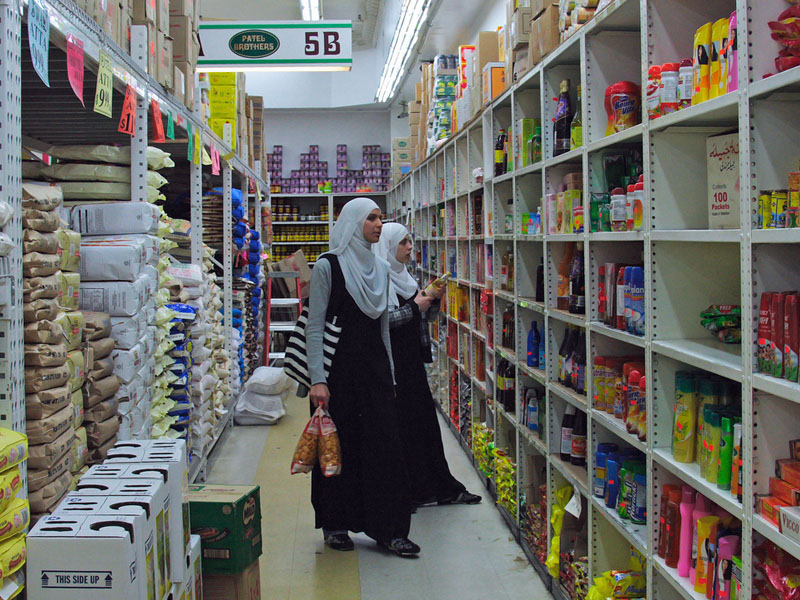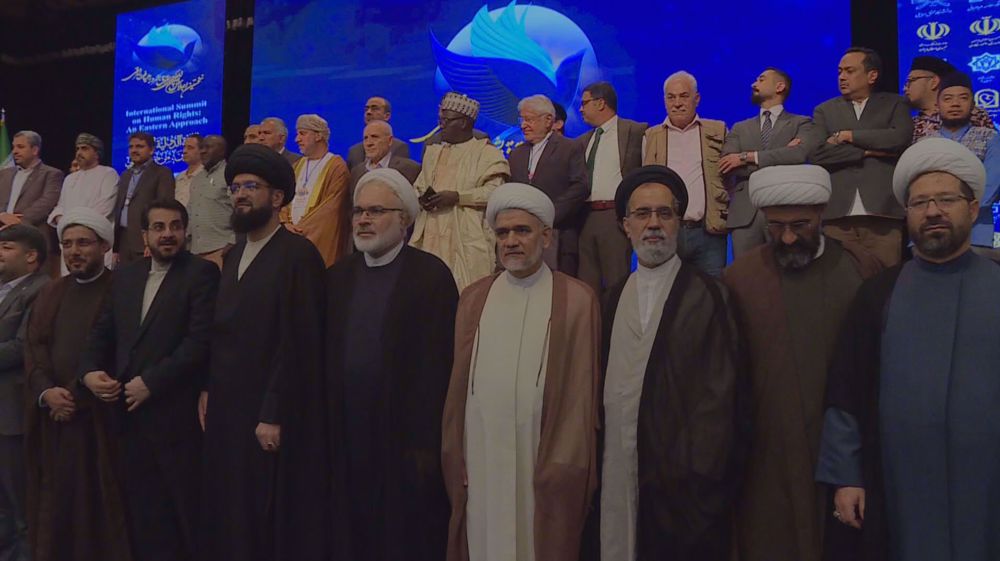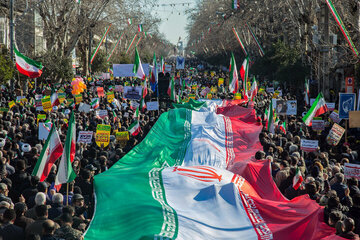Alwaght- When Dolce and Gabbana launched its Abaya collection at the beginning of 2016, featuring women in modest dresses and headscarves, the fashion house took a leap in Islamic brand marketing. While not all women will be able to afford these abayas, the market exists and this move tells Muslim women that they too can wear brand names. Thousands of shares and positive replies crowded social media outlets in response to the posts by one of the designers on Instagram.
In recent years, several fast-food and restaurant chains in the UK have been using halal meat, which complies with Islamic law. About 100 KFC outlets and one fifth of Nando’s in Britain serve halal chicken. These steps were taken to address the growing number of Muslims in the country and which make up a fair share of the market—5% of the population according to a 2011 census.
In an article on the European Financial Review, Paul Temporal, a global expert on brand creation wrote: “The global Halal food market is estimated to be worth approximately USD 650 billion annually, and represents a major opportunity for companies to go international and global. Some companies from Muslim countries are trying to develop their own brands and some Islamic governments are assisting places and destinations to do the same.”
Islamic brand marketing has bridged a gap between Muslims and has shown that business can mean peace. It has spread a message of acceptance; that Muslims are recognised by these societies and that these societies are capable and willing to accommodate their needs.
Temporal clarified: “The question of segmenting markets based in religion is always a thorny one, and most of the executives and brand managers I have met emphasized that they are not selling a religion; rather, they are seeking to provide a large market population with products and services that have not, in the main, been tailored to satisfy appropriate and relevant consumer needs and wants.”
Globally, the Muslim population is expected to reach 2.2 billion by 2030. So, for brands that wish to address the needs of Muslims markets, now is the time to start and social networks have become indispensable as a marketing technique.
However, as beneficial as Islamic brand marketing may be it is fundamentally a tool whose function is determined by its user. On the other edge of Islamic brand marketing are those who misuse its techniques to spread violence.
The SIS terrorist group has been using marketing techniques via social media to recruit militants and garner support among Muslims who are prone to being brainwashed. In doing so, it has tarnished the name of Islam, the religion of some 1.6 billion people, most of whom disapprove of the atrocities the terrorist group is committing. Despite the fact that what this group is spreading is sheer radicalism, many experts agree that its marketing techniques can be labelled as successful. This means that the packaging of the content may be the reason for its endurance.
ISIS has beheaded people in the name of Islam and caught it on film as well. Its high-tech media center Al-Hayat produces its infamous torture videos, directed in Hollywood-style as well its magazine Dabiq. The online content is then shared by its supporters on social media.
By 2015 around 45,000 social media accounts, particularly Facebook and Twitter, were active in spreading information about ISIS. The videos and pictures that capture the extreme nature of the group are continuously shared and are a part of its global marketing campaign which also includes magazines, documentaries, and songs, blogs, and posts on Facebook, Twitter, and Instagram.
Cait Lamberton, Associate Professor at the University of Pittsburgh’s Katz University School of Business published an article on the Huffington Post in which she said that her students at Joseph M. Katz Graduate School of Business were able to recognize marketing elements after watching an ISIS recruiting video.
“An understanding of consumer behavior allowed them to identify elements of the message that might explain its power: strong identity-based appeals, promises to meet esteem, social belongingness and self-actualization needs, attention-grabbing visuals, a fluently processed English-speaking narrator, production values that cue high source credibility,” Lamberton wrote.
The brand has contributed to the misrepresentation of Islamic values trading compassion for cruelty and peace for war. Through social media, ISIS has been able to sell an image of terrorism dressed in a garment of religion to youths who have been deceived into believing that following the path of ISIS will lead them to “heaven.”
In the age of social media, even terrorism is capable of using marketing to make a name for itself. That’s why, at a time when social media and the techniques of advertising are available to almost anyone, Islamic brand marketing can be a two-edged sword.



























